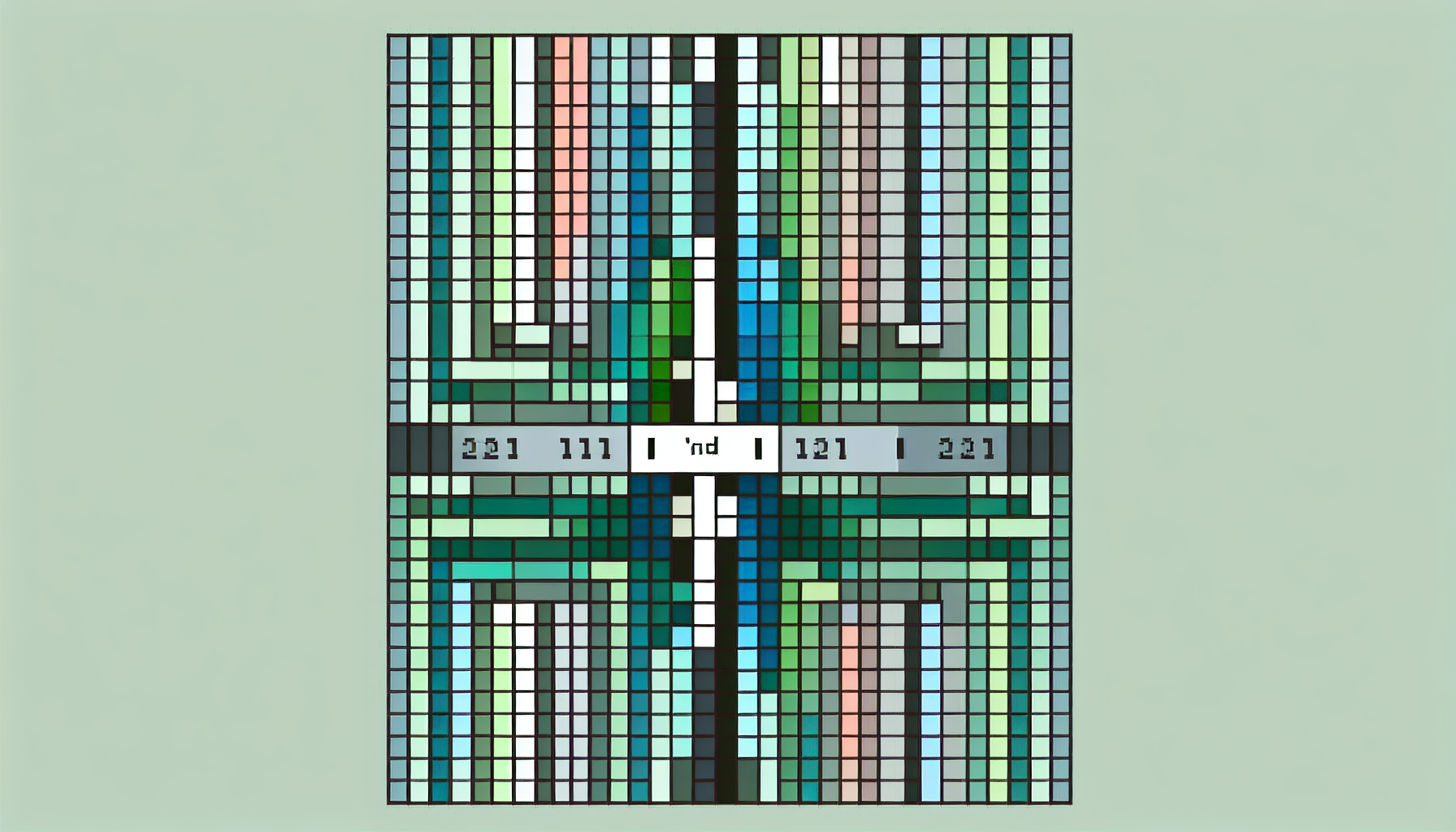“`html
Introduction to the ‘End’ Statement in Excel VBA
In Excel VBA, the ‘End’ statement is an essential tool for controlling the flow of your code. It is used to terminate various structures such as procedures, loops, and conditional statements. Understanding how to effectively use the ‘End’ statement can significantly enhance the readability and functionality of your VBA code.
Basic Explanation of ‘End’ in Excel VBA
The ‘End’ statement in VBA is used to signal the end of a block of code. There are several variations of the ‘End’ statement, each serving a different purpose:
- End: Terminates the execution of the code.
- End Sub: Ends a Sub procedure.
- End Function: Ends a Function procedure.
- End If: Ends an If…Then…Else block.
- End Select: Ends a Select Case block.
- End With: Ends a With block.
How to Use the ‘End’ Statement in Excel VBA
Using the ‘End’ statement is straightforward. Below are examples demonstrating the use of various ‘End’ statements:
Example 1: Using ‘End Sub’ in a Sub Procedure
Sub ExampleSub()
MsgBox "This is an example Sub procedure."
' End Sub statement to terminate the Sub procedure
End SubExample 2: Using ‘End If’ in an If…Then…Else Block
Sub ExampleIf()
Dim number As Integer
number = 10
If number > 5 Then
MsgBox "The number is greater than 5."
End If
End SubExample 3: Using ‘End Select’ in a Select Case Block
Sub ExampleSelect()
Dim day As String
day = "Monday"
Select Case day
Case "Monday"
MsgBox "Today is Monday."
Case "Tuesday"
MsgBox "Today is Tuesday."
' End Select statement to terminate the Select Case block
End Select
End SubConclusion
In conclusion, the ‘End’ statement in Excel VBA is a versatile tool that helps in structuring and terminating various blocks of code. Whether you are ending a Sub procedure, an If statement, or a Select Case block, understanding how to use the ‘End’ statement correctly will make your VBA code more efficient and easier to read. Experiment with the examples provided and see how the ‘End’ statement can be applied in your own VBA projects.
“`

